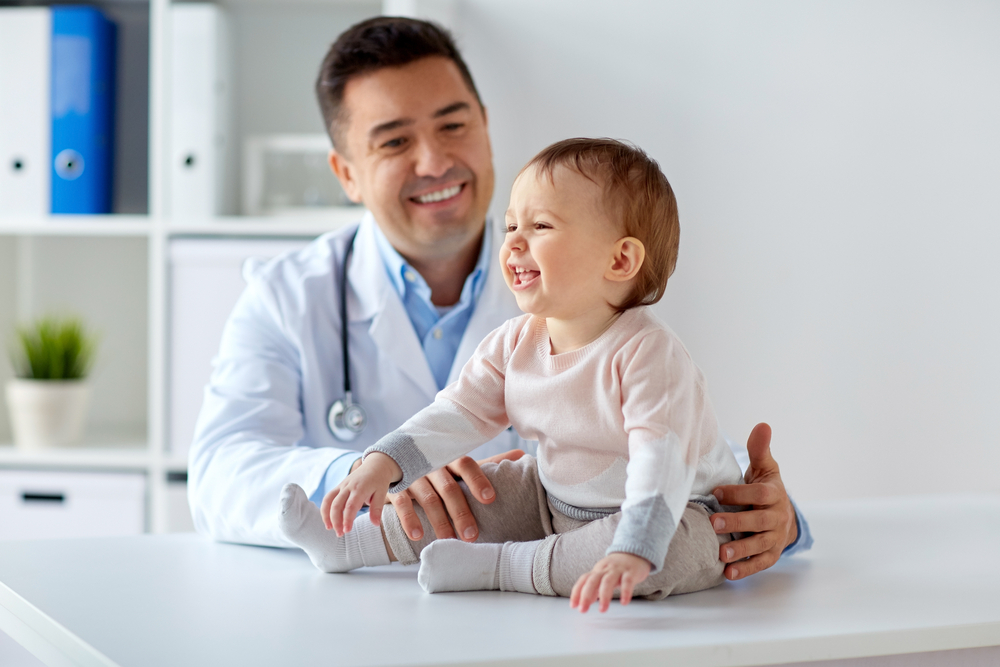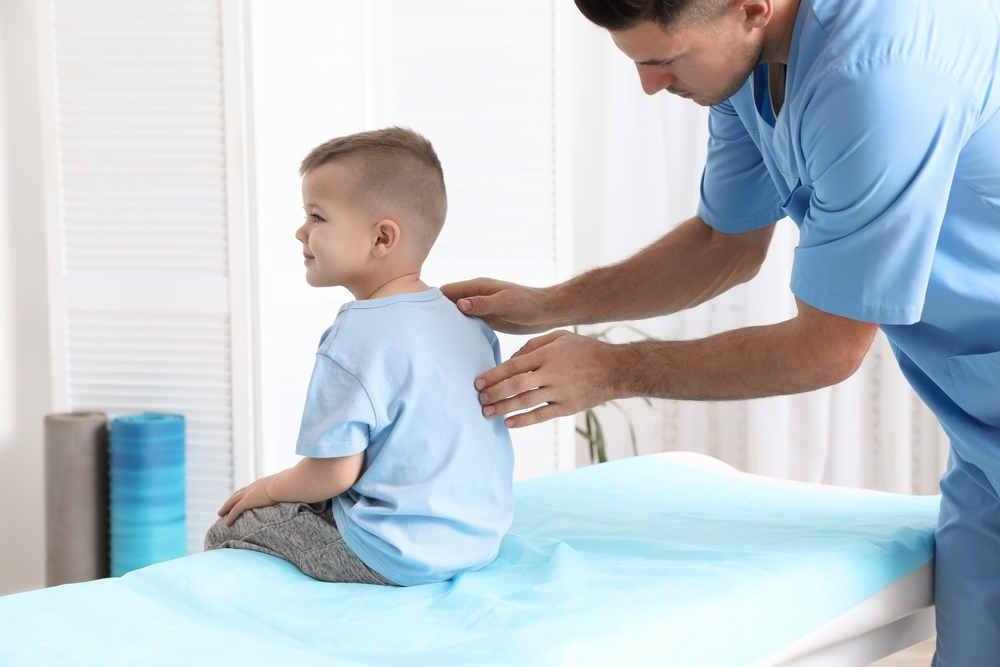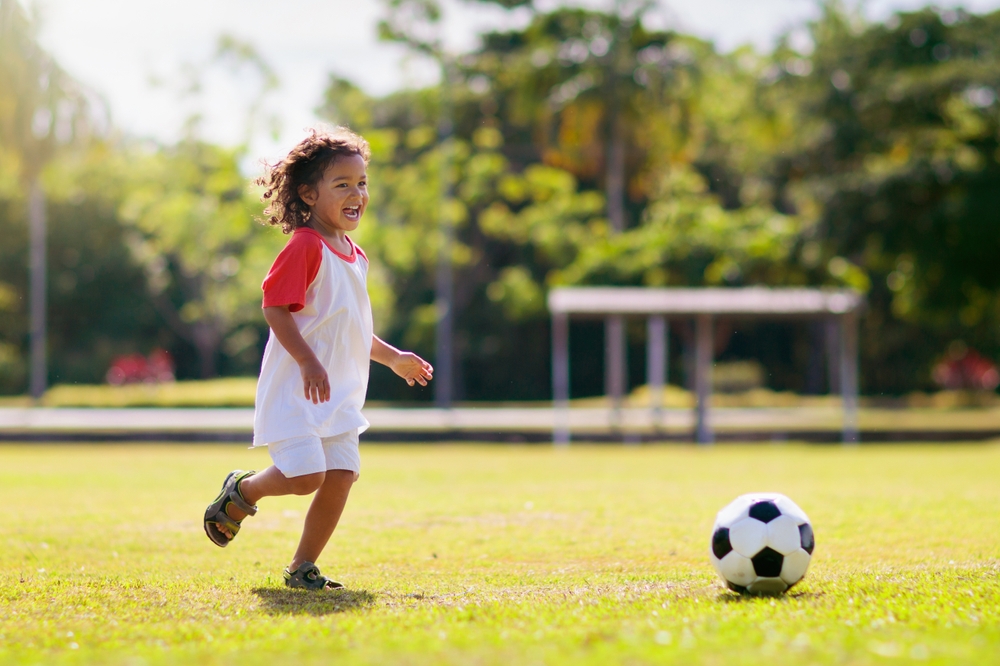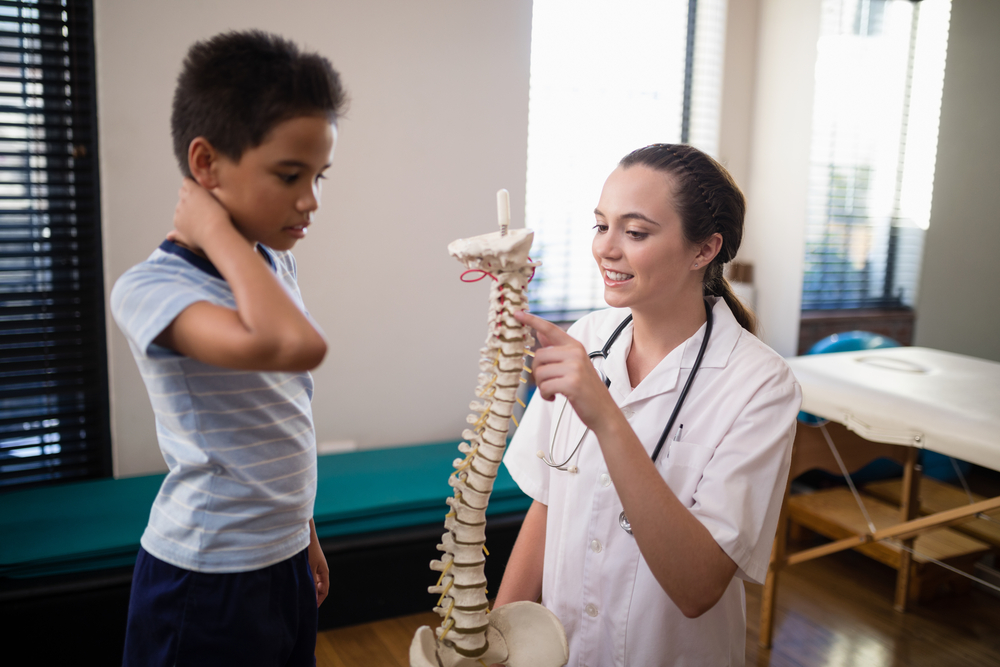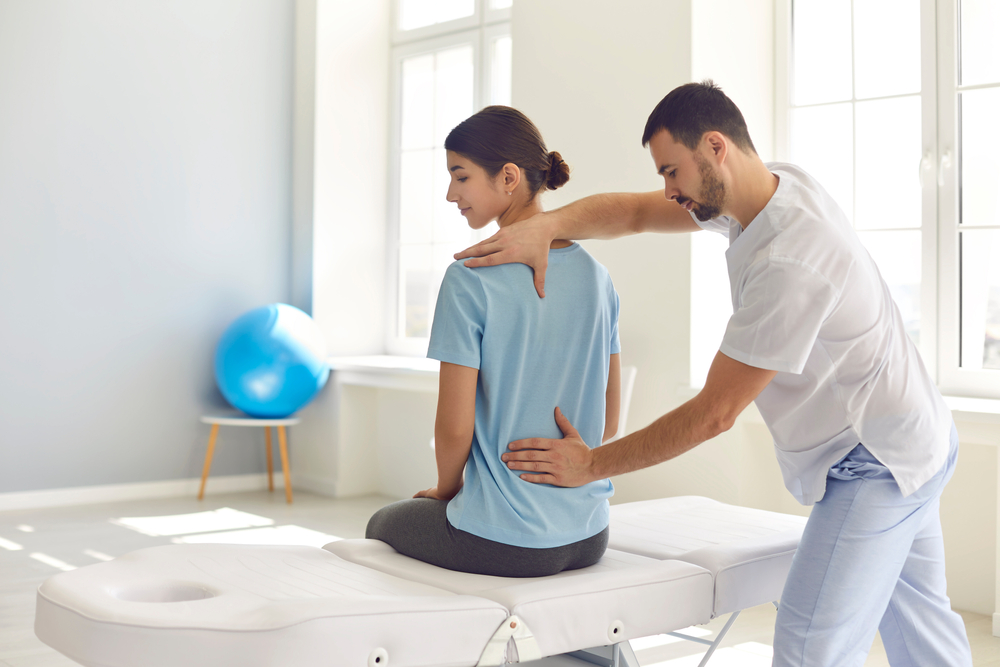So many times, I think back to my adolescence and I’m reminded of the day I was diagnosed with scoliosis. I was called to the nurse’s office for my physical. When I stood up, she said, “Do you know you have scoliosis?” She sent me home with a piece of paper for my mom. When my mom read it, her eyes bulged out. I got a sinking feeling in my stomach.
How could there be something wrong with my back?
My Scoliosis Diagnosis
I asked my mom what scoliosis is, and the nurse said my spine is curved and we must have a doctor look at it. This, of course, raised a few questions that I still haven’t found all of the answers to as an adult with scoliosis: First, how could my spine be curved, and I do not know it? And why didn’t my parents notice it?
I was in disbelief. I immediately went to the bathroom to look in the mirror myself. Nope, my spine is not curved. I was convinced. A few days later, my mom took me out of school early, which was terrible. I did not want to tell other kids I was going to the doctor for a scoliosis diagnosis – doing so would undoubtedly make them think there was something wrong with me. At the doctor’s office, the nurse came into the room and asked me to put on a gown.
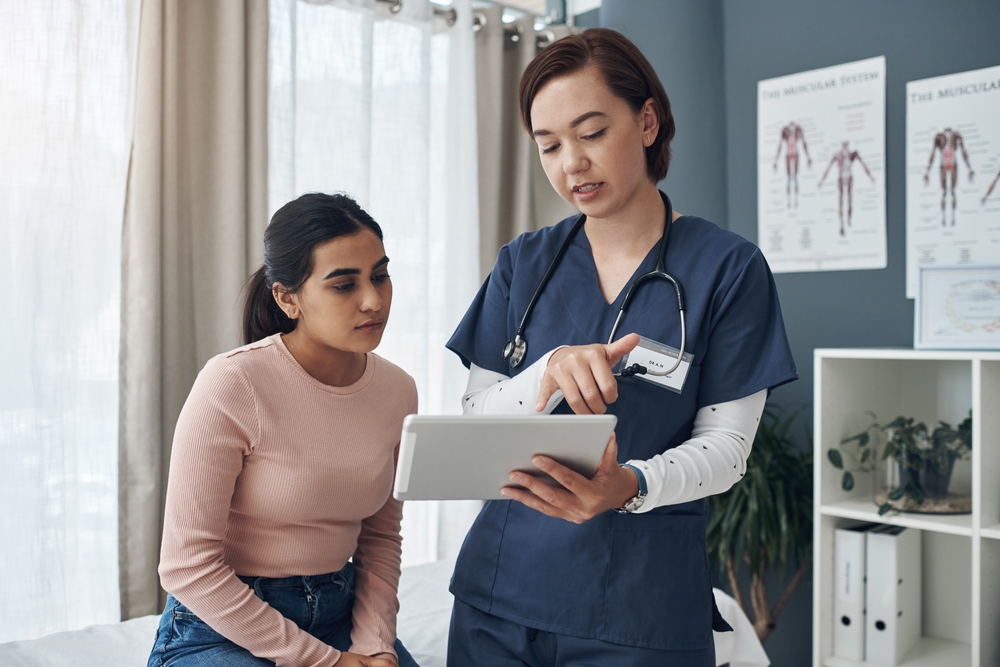
Then the doctor came in, asked me to bend forward and explained that he agreed with the school nurse: I have scoliosis. He explained that my spine is curved, and I would need to wear a Wood Cheneau Rigo brace 16-20 hours a day for the next four years, as well as take part in physical therapy, or the condition could get worse and require surgery to fix. The ultimate goal was to achieve a target 50% in-brace correction.
But how could it all be? I don’t have any pain. Am I going to have to wear this WCR brace thing at school? What if people see it? How could the scoliosis get worse if I didn’t even know it was there in the first place? I had so many questions.
My mom and I got back into the car and she asked if I wanted lunch before returning to school. I calmly said that I was not going back to school that day or ever again. And then I began to sob uncontrollably. She tried to calm me down while we drove but agreed I could go home for the rest of the day.
The Scoliosis Bracing Therapy Experience
Two weeks later, we had to go to a place for me to be measured for a brace. This was not fun, either. I had to lay on a freezing cold table while this man called an Orthotist wrapped me in plaster. Then he took about 100 measurements and said he would call when the brace was ready. A few weeks later, we went back, and I held back the tears while he helped me put it on for the first time. I could not even bend or move in it.
The advantages of wearing a scoliosis brace seemed pointless if I had to wear this horrible thing to school. Just thinking about it gave me anxiety. I immediately came to the conclusion that wearing a WCR brace would guarantee that I would never make any friends. And forget ever having a boyfriend!
A Scoliosis Brace: Who Needs It?
For a while, I refused to wear the WCR brace to school altogether. From what I remember, it was not because the scoliosis brace was uncomfortable – I just decided that without pain, I did not have a reason for it. The doctor was disappointed when my mom told him I refused to wear a Wood Cheneau Rigo brace. He said even if I did not need surgery that I may have pain when I got older. I did not believe that. If the diagnosis did not bother me now, how could it bother me later?
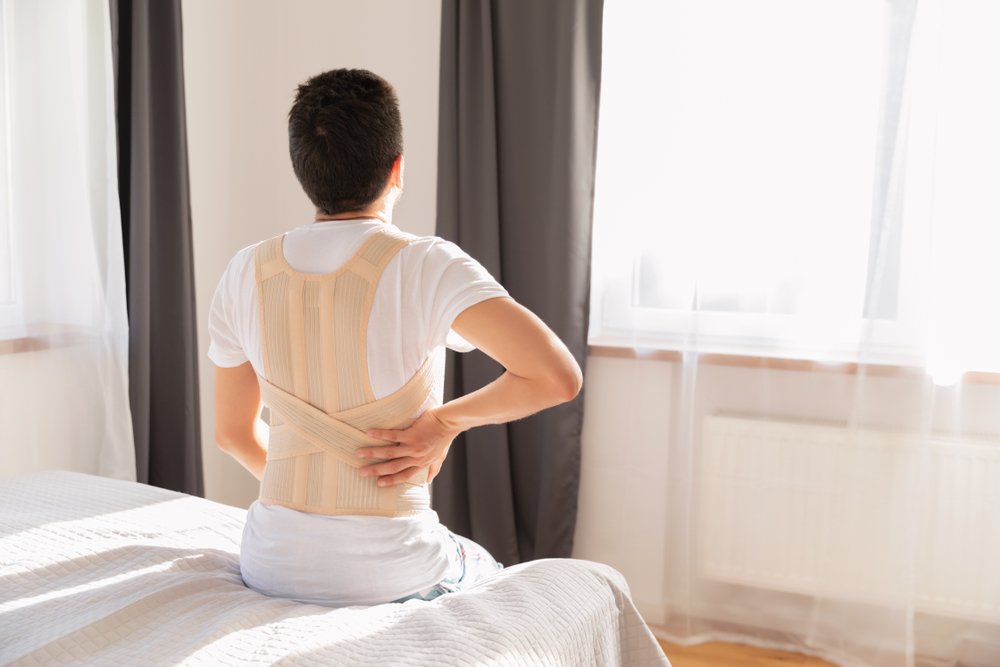
Boy was I wrong. Despite being a 45-year-old woman today, I feel like I’m 80. I have a tremendous amount of pain in the middle of my back every day. I cannot tell you what makes it hurt worse or feel better; it is different every day.
Don’t Make the Same Mistake – Wear your Scoliosis Brace
I wish I could go back and talk to my younger self and tell that 12-year-old to wear the scoliosis brace. My scoliosis curve has progressed significantly since my initial diagnosis. I began doing a physical therapy called Schroth Therapy about a year ago along with wearing a WCR brace at night.
The combination of the two effective scoliosis treatment methods have helped me to be able to walk further and be more active – and overall, I have less pain. But I still often wonder what things would be like if I had known the long-term effects of scoliosis bracing and just worn the brace like I was supposed to. Maybe I wouldn’t have any pain at all.
If I Could Give Advice to Kids, I Would Tell Them the Following:
- A diagnosis of scoliosis is not your fault.
- Cooperating with Rigo-Cheneau bracing and physical therapy for a few years has the power to improve the rest of your life.
- I thought my peers would make fun of me for wearing a scoliosis brace. There’s no promise that they won’t, as there are some really mean people out there. But at the end of the day, if kids make fun of you for receiving the scoliosis treatment you need to live a pain-free life, they are not worth your time.
- Scoliosis is not a disease; it is simply a condition that requires treatment.
- Getting fitted for a Wood Cheneau Rigo brace is nowhere near as bad as it used to be. In fact, I recently learned that 3D scanners are now used instead of plaster. I went to a local Orthotist to see what it was all about. It is really a cool process – one that’s remarkable if you consider the history of scoliosis bracing treatments.
Rigo-Cheneau bracing is a fundamental treatment for scoliosis that no child or adult can afford to skip over. Scoliosis Therapy Center helps connect individuals with the cutting-edge solutions they need to thrive. Avoid surgery and claim your best life by contacting us today.


